There have been some products over the years that just never caught on, no matter how hard their manufacturers tried. These are the products that we like to call the "worst selling products ever." Some of them were simply ahead of their time, and others were just plain terrible ideas.
Let’s take a look at 20 of the worst-selling products ever!
20. The Newton by Apple
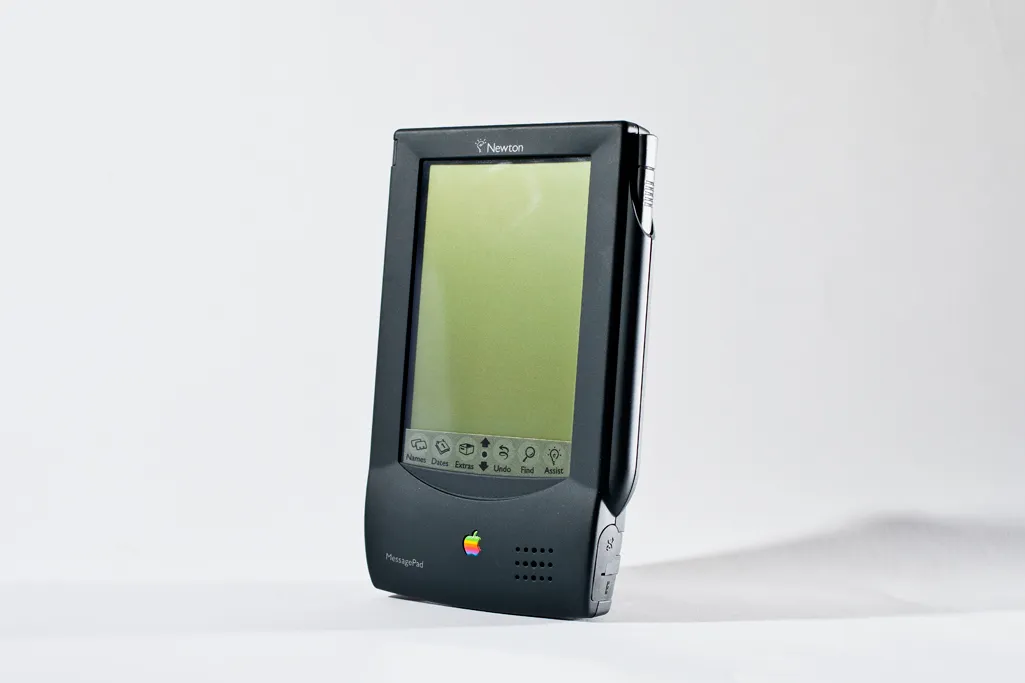
The Newton was one of the first personal digital assistants (PDAs), released by Apple in 1993. It was an innovative device, but it was also very expensive and had several problems, including short battery life. The frustration of users with the Newton ultimately led to its demise and the starting product of this 20-product list.
How much it sold: 300,000 units and $748 million
How much money was lost: $5 billion USD
Why the product was so unpopular: One of the main reasons the Newton was so unpopular was because it was very expensive. In 1993, the Newton cost $699, which is about $1250 in today's money. For many people, this was simply too much to spend on a personal digital assistant. Another reason the Newton was unpopular was that they had several technical problems.
One of the biggest problems was that the Newton had a very short battery life. This made it impractical for many people to use it daily. The Newton was also discontinued in 1998, which made it even less popular. Apple simply couldn't compete with the likes of Palm and Microsoft in the PDA market.
19. RJ Reynolds Smokeless Cigarettes
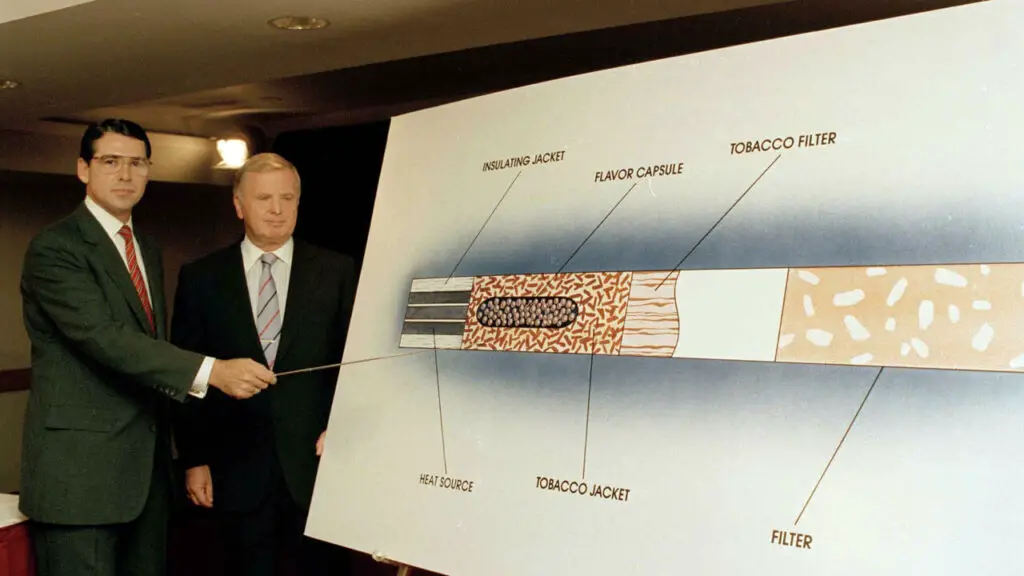
RJ Reynolds Smokeless Cigarettes were released in 2003 and were intended to be a safer alternative to traditional cigarettes. However, the cigarettes were unpopular due to their high price, unpleasant taste, and lack of nicotine. Consequently, RJ Reynolds ceased the production of cigarettes in 2006.
How much it sold: 500 million units and $500 million
How much money was lost: $200 million USD
Why the product was so unpopular: Some smokers may have been attracted to the idea of a smokeless cigarette, thinking it would be healthier for them. However, the high price tag and unpleasant taste deterred many people from trying the product or to continue using it. Additionally, the cigarettes did not contain enough nicotine to satisfy smokers, which ultimately led to the product's failure.
18. Nintendo's Virtual Boy
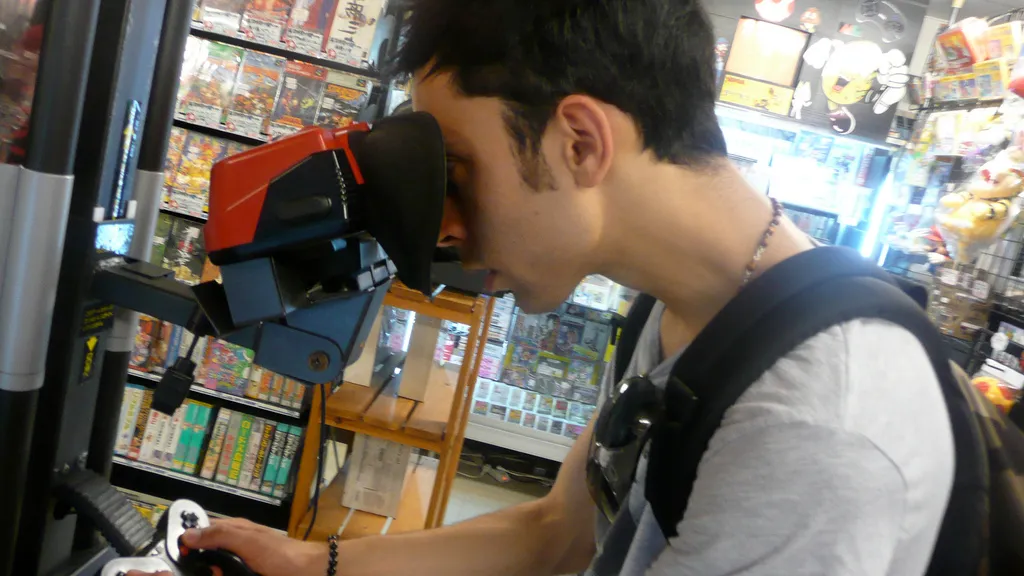
Nintendo's Virtual Boy was released in 1995 and was one of the first virtual reality consoles. The console was unsuccessful due to its high price, lack of games, and uncomfortable design. As a result, Nintendo discontinued the Virtual Boy in 1996.
How much it sold: 700,000 units and $40 million
How much money was lost: $100 million USD
Why the product was so unpopular: The Virtual Boy's lack of appeal might be attributed to several factors. Firstly, the console was very expensive. At $180, it was nearly double the price of Nintendo's other consoles. Secondly, there were only 22 games released for the Virtual Boy.
Thirdly, and most importantly, the design of the console was uncomfortable and caused many users to experience headaches and eye strain. Although it was a commercial failure, the Virtual Boy is significant as it was one of the first virtual reality consoles. It also inspired other companies to continue developing virtual reality technology.
17. Touch of Yogurt Shampoo by Clairol
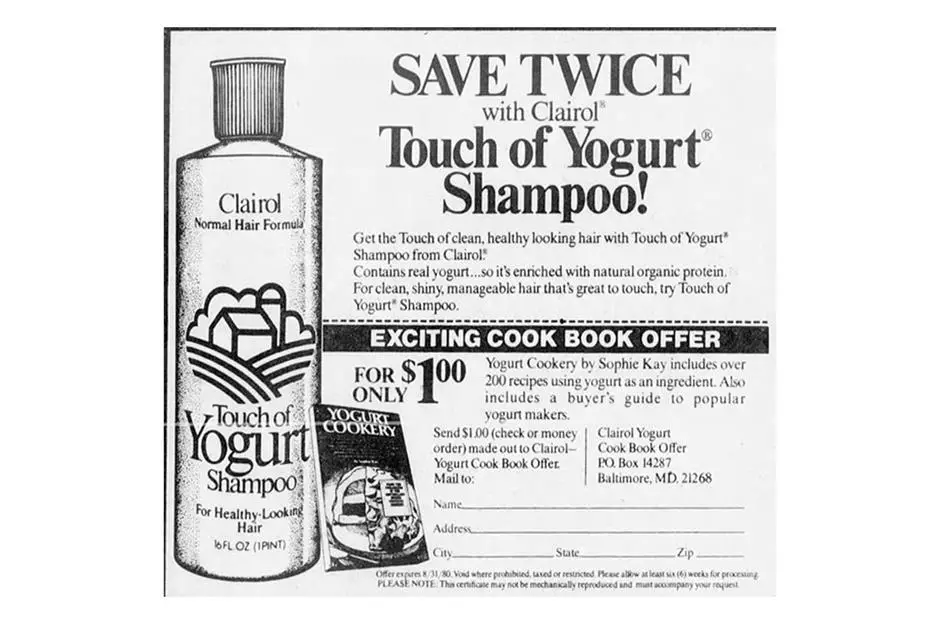
Touch of Yogurt Shampoo by Clairol was released in 1992 and was intended to be a gentle and moisturizing shampoo. However, the shampoo was unpopular due to its strong scent and sticky texture. Despite other foods such as avocado being included as ingredients for other body care products, yogurt just didn't seem to match consumer demand.
How much it sold: 100,000 units and $500,000
How much money was lost: $400,000 USD
Why the product was so unpopular: The unpopularity of Clairol's Touch of Yogurt Shampoo can be attributed to several factors. Firstly, the shampoo had a very strong scent that many users found to be overpowering.
Secondly, the texture of the shampoo was sticky and difficult to rinse out. As a result, many users found that their hair was left feeling greasy and heavy. Yogurt can stay in the fridge, not in your hair!
16. Orbitz Soda

Orbitz Soda was released by Pepsi in 1997 and was intended to be a unique and fun soda. However, the soda was unpopular due to its strange texture and flavor. As a result, Pepsi discontinued Orbitz Soda in 1999.
How much it sold: 100 million units and $200 million
How much money was lost: $100 million USD
Why the product was so unpopular: The main reason the product was so unpopular was because of its strange texture and flavor. The soda had small balls in it that made the drink have a chewy texture. In addition, the flavor of the soda was not well received by consumers.
Despite its unique flavor and texture, Orbitz Soda was discontinued by Pepsi in 1999 due to low sales. If Pepsi had focused on making the drink taste better and having a more appealing texture, Orbitz Soda could have been a successful product. However, the strange flavor and texture were too much for consumers and Orbitz Soda will forever be remembered as a failed Pepsi product.
15. Microsoft Zune
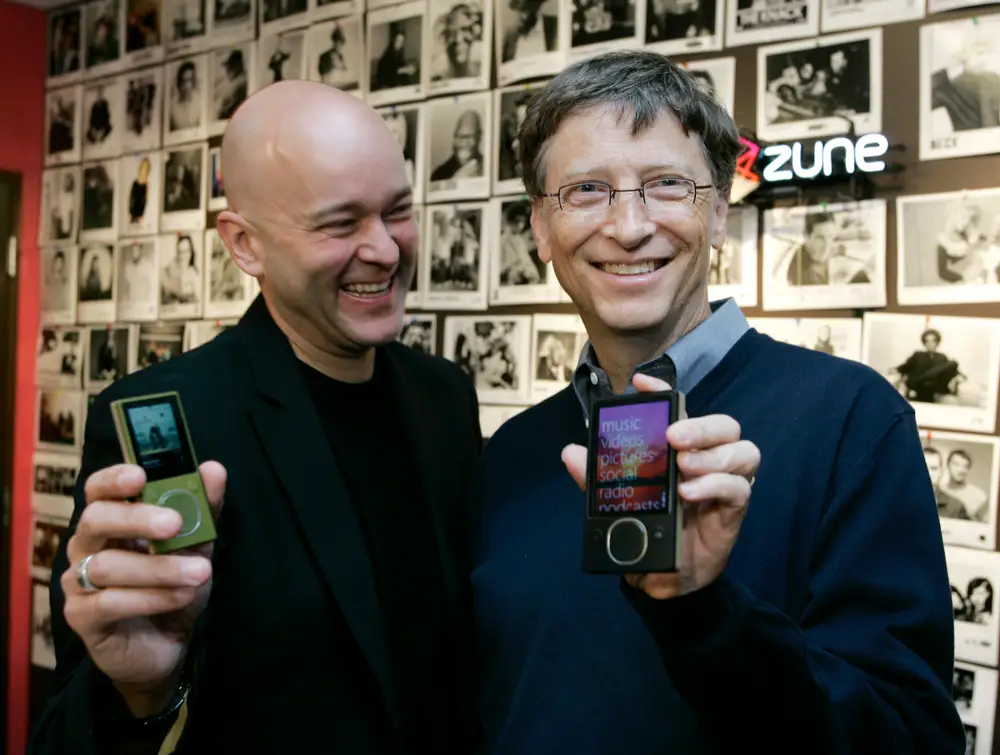
When it comes to the worst-selling products of all time, Microsoft's Zune has to be near the top of the list. The Zune was released in 2006 as a direct competitor to Apple's iPod and despite having some excellent features, it failed miserably in the marketplace.
How much it sold: 1.2 million and $300 million
How much money was lost: $289 million
Why the product was so unpopular: Several factors likely contributed to Zune's failure but one of the most important was its lack of appeal to consumers. The Zune was larger and heavier than the iPod and it didn't have nearly as many features. It also didn't have the same level of support from music labels and retailers.
Ultimately, the Zune was just a bad product that didn't offer anything new or exciting to consumers. Microsoft has since moved on to other projects but the Zune will always be remembered as one of their biggest failures.
14. Coors Rocky Mountain Spring Water
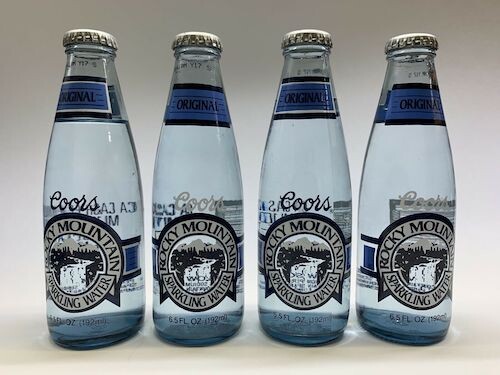
This product was so bad that it caused Coors to lose money. In 1993, the company launched a new line of spring water in an attempt to tap into the growing health consciousness of Americans. The water was sourced from Rocky Mountain springs and contained no impurities. However, it didn't take long for customers to figure out that the water tasted terrible.
How much it sold: 260 million bottles and $116 million
How much money was lost: $150 million
Why the product was so unpopular: Despite heavy marketing and promotion, the product was a complete flop, selling less than half of what Coors had expected. In the end, the company was forced to pull the plug on the entire venture.
Coors had built its brand around the brewery and stepping into the bottled water market was a big mistake. The company learned the hard way that not all products are a good fit for every brand.
13. DeLorean DMC-12
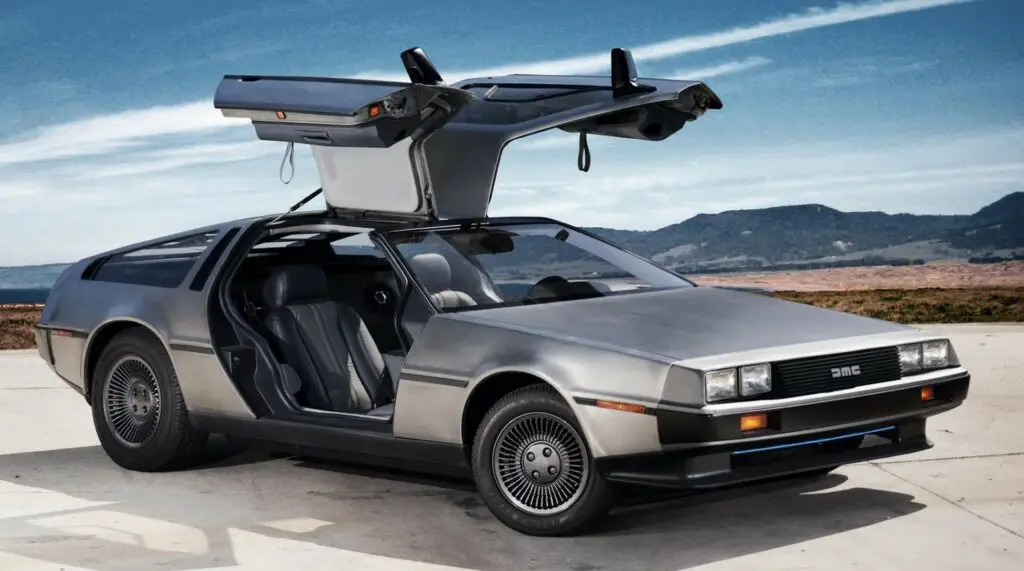
The DeLorean DMC-12 is a sports car that was manufactured by the DeLorean Motor Company from 1981 to 1983. The car was designed by Giorgetto Giugiaro and featured a stainless steel body with gull-wing doors. Despite its impressive specs, the DeLorean DMC-12 was a commercial failure, with only about 9000 units sold.
How much it sold: 9000 units and $25 million
How much money was lost: $75 million
Why the product was so unpopular: The company had a very poor reputation, due in part to its ties to John DeLorean, who was indicted for cocaine trafficking in 1982. Despite all this, the DeLorean DMC-12 remains an iconic car, thanks in part to its starring role in the "Back to the Future" trilogy.
12. United States Football League
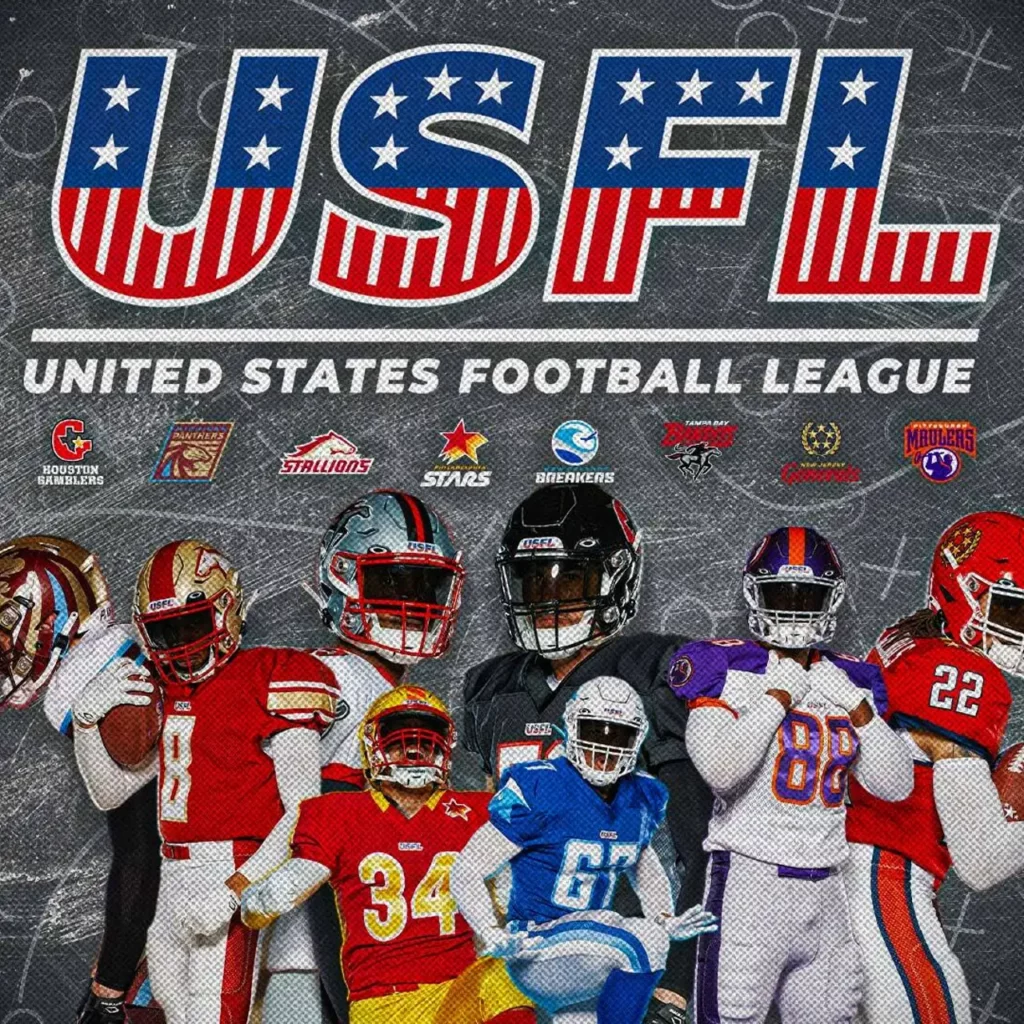
The United States Football League was a professional American football league that lasted for just three seasons, from 1983 to 1985. The league was intended to compete with the NFL, but it quickly ran into financial difficulties and folded after just three years. A total of $163 million was lost by team owners during the league's brief existence.
How much it sold: NA and $70 million earned
How much money was lost: $163 million
Why the product was so unpopular: The USFL was intended to compete with the NFL, but it quickly ran into financial difficulties and folded after just three years. A total of $163 million was lost by team owners during the league's brief existence. The league's problems were exacerbated by an antitrust lawsuit filed by the NFL, which ultimately forced the USFL to fold.
In retrospect, the USFL's biggest mistake was likely its decision to try and compete directly with the NFL. The league should have either gone after a different market (such as college football fans) or tried to merge with the NFL instead of trying to compete against it. Either way, the USFL's brief existence was ultimately a failed experiment.
11. Friendster
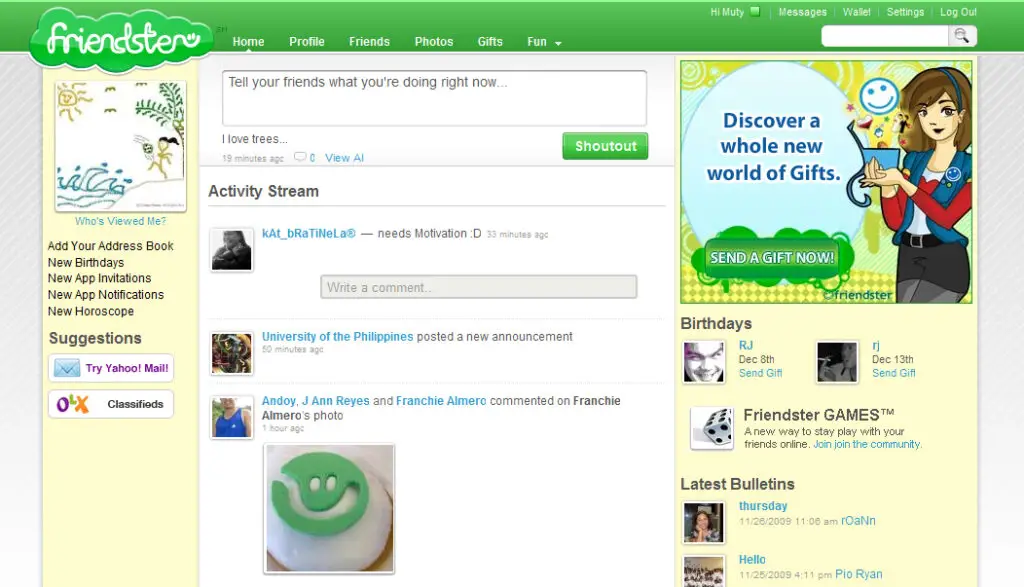
Friendster was one of the first social networking sites, launched in 2002. The site allowed users to connect with friends and stay up-to-date on their activities. However, Friendster failed to gain traction and was quickly eclipsed by more popular sites such as MySpace and Facebook. In 2009, the company sold its assets for just $26.4 million, a far cry from the $53 million it raised in funding.
How much it sold: NA and $26.4 million sold
How much money lost: $14 million
Why the product was so unpopular: The company was bought by MOL Global, a Malaysian conglomerate, in 2009. However, MOL Global has since filed for bankruptcy. As of 2018, Friendster is no longer active.
There are several reasons why Friendster failed to gain traction. First, the site was slow and difficult to use.
Second, it did not have a good mobile presence. Third, it was late to the social networking game and could not compete with established players such as MySpace and Facebook.
10. Dreamcast
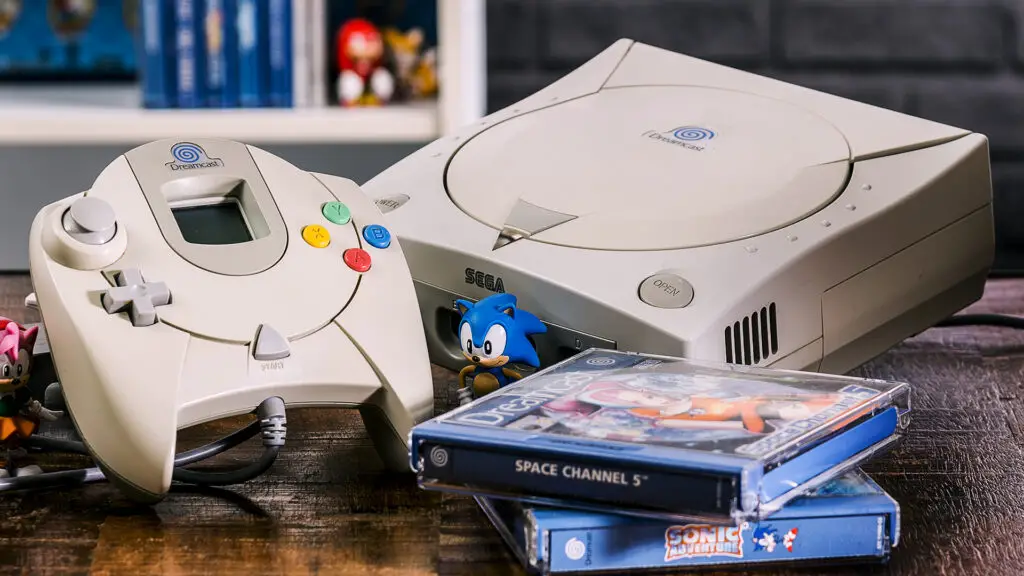
The Dreamcast was a home video game console released by Sega in 1999. It was the first console to include a built-in modem for online gaming and came with several innovative features. Despite its cutting-edge technology, Dreamcast was unable to compete with rival consoles such as the Playstation and was discontinued in 2001.
How much it sold: 9.13 million units sold and $125 million
How much money lost: $400 million
Why the product was so unpopular: One of the key reasons for Dreamcast's failure was its timing. It was released in 1999, just as the Playstation was gaining momentum. The Playstation had a larger selection of games and was more affordable, which made it the more attractive option for gamers.
In addition, Dreamcast's online gaming service, SegaNet, was plagued with connection issues and was eventually shut down. Dreamcast also faced stiff competition from Nintendo's Gamecube, which was released in 2001.
Gamecube offered a similar selection of games as Dreamcast, but at a lower price point. This made it the more appealing choice for budget-conscious gamers.
9. Mobile ESPN
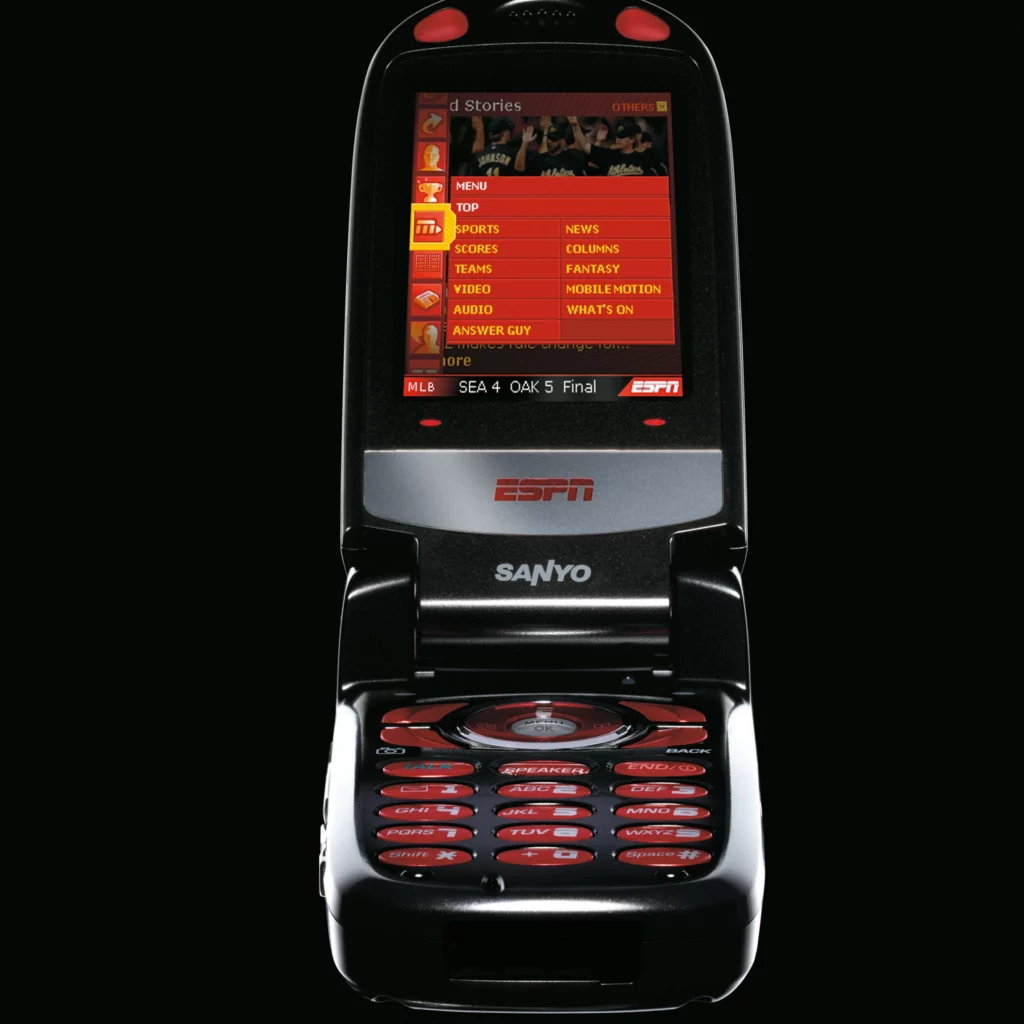
Mobile ESPN was a sports-focused mobile phone service launched by ESPN in 2006. The service offered sports news, scores, and fantasy information on a dedicated handset. However, Mobile ESPN failed to attract subscribers and was shut down just two years later. A total of $30 million was lost on the venture.
How much it sold: Only $536,000 in sales
How much money lost: $30 million
Why the product was so unpopular: Mobile ESPN was too expensive for most people and it didn't offer enough value to justify the price. The service was also only available on a few select handsets, which made it difficult for people to use. The user interface was also not very user-friendly and many people found it confusing to use.
All of these factors contributed to the product's failure. Mobile ESPN was a flop and is now considered one of the biggest product failures in recent memory. If you're thinking about launching a new product, make sure you learn from Mobile ESPN's mistakes!
8. Joost
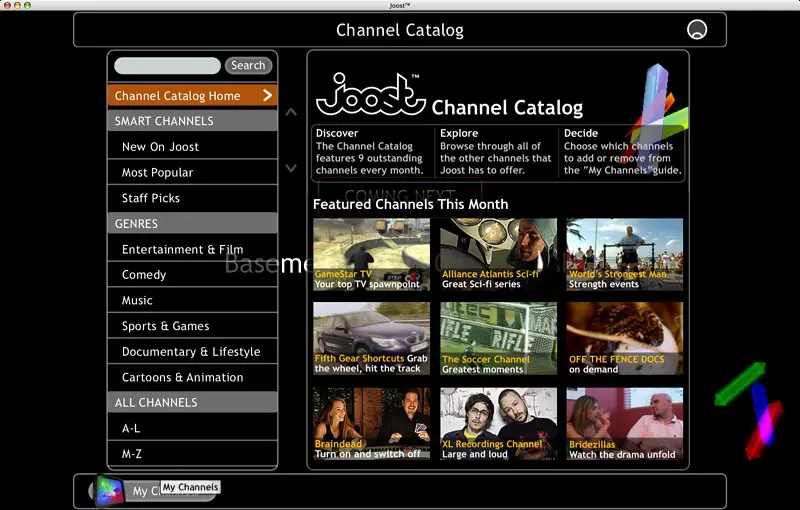
Joost was a video-sharing site launched in 2007 by the creators of Skype. The site offered ad-supported TV shows and movies that could be streamed on a computer or mobile device. Joost failed to gain traction with users and was shut down in 2012. A total of $45 million was lost on the venture.
How much it sold: less than $5 million
How much money lost: $45 million
Why the product was so unpopular: There are many reasons why Joost was unsuccessful. The site required users to download a software application, which many people were unwilling to do. In addition, the selection of TV shows and movies was relatively limited.
Finally, the advertising model was not particularly effective. Users found the ads to be intrusive and disruptive. Consequently, Joost failed to gain a large enough user base to be viable. Joost would likely have been more successful if it had adopted a different business model.
For example, the site could have offered a subscription-based service without ads. Alternatively, it could have relied on sponsorships or partnerships with content providers. By changing its approach, Joost might have been able to find the right formula for success. However, it ultimately was unable to do so and was forced to shut down.
7. Google Lively
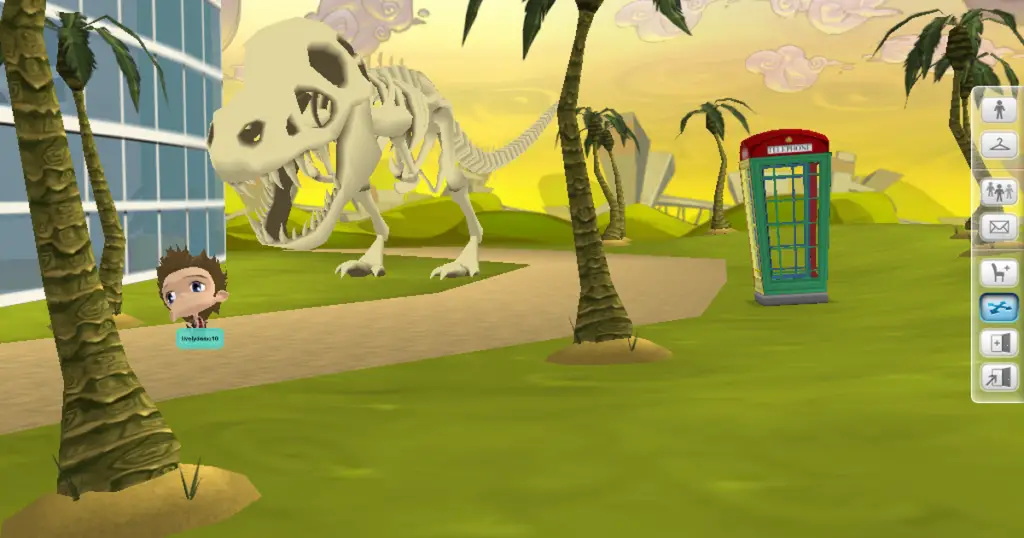
Google Lively was a virtual world created by Google in 2008. The service allowed users to create avatars and interact with other users in a variety of online environments. Google Lively was shut down just one year after it launched, due to a lack of interest from users. A total of $30 million was lost on the venture.
How much it sold: unknown
How much money lost: $30 million
Why the product was so unpopular: Google Lively was unsuccessful due to a combination of factors including poor timing, lack of differentiation, and user-unfriendly features.
If Google had launched the product at a later date when virtual reality was more popular, or if they had made the avatar creation process simpler, then it is possible that Google Lively could have been a success. However, as it stands, the product was a flop. Google Lively is now nothing more than a footnote in the history of virtual reality.
6. Joojoo
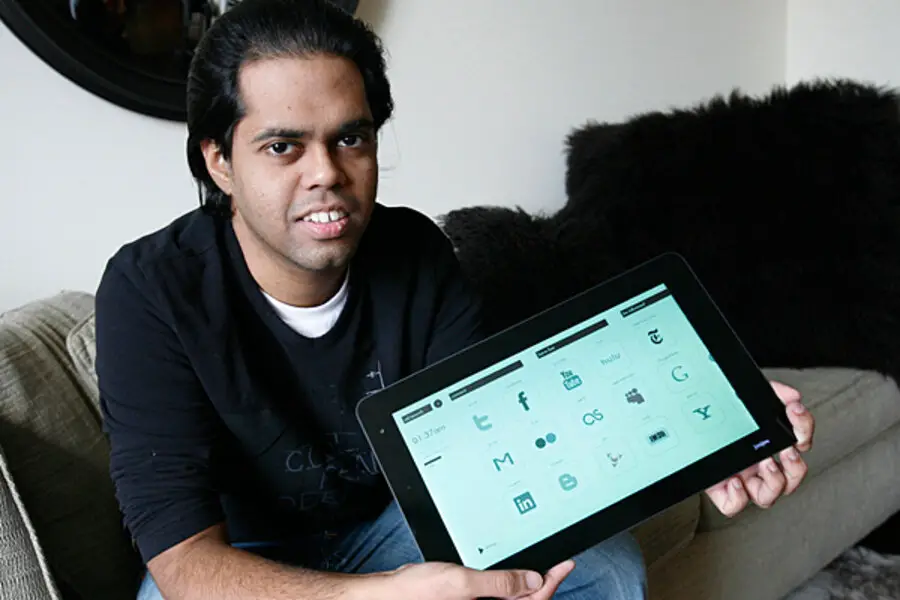
The Joojoo was a tablet computer released in 2010 by the start-up company Fusion Garage. The Joojoo was billed as an alternative to the Apple iPad, but it failed to live up to its hype. The device was plagued with software glitches and several other problems. As a result, the Joojoo was a commercial failure, with only about 3000 units sold.
How much it sold: 3000 units and $300,000
How much money lost: $5 million
Why the product was so unpopular: If the company had spent more time developing and testing the product before releasing it, they might have been able to avoid some of the issues that caused the Joojoo to fail. Ultimately in a competitive tech market, the Joojoo was simply outclassed by other devices and failed to find a place in the market.
5. The Nook
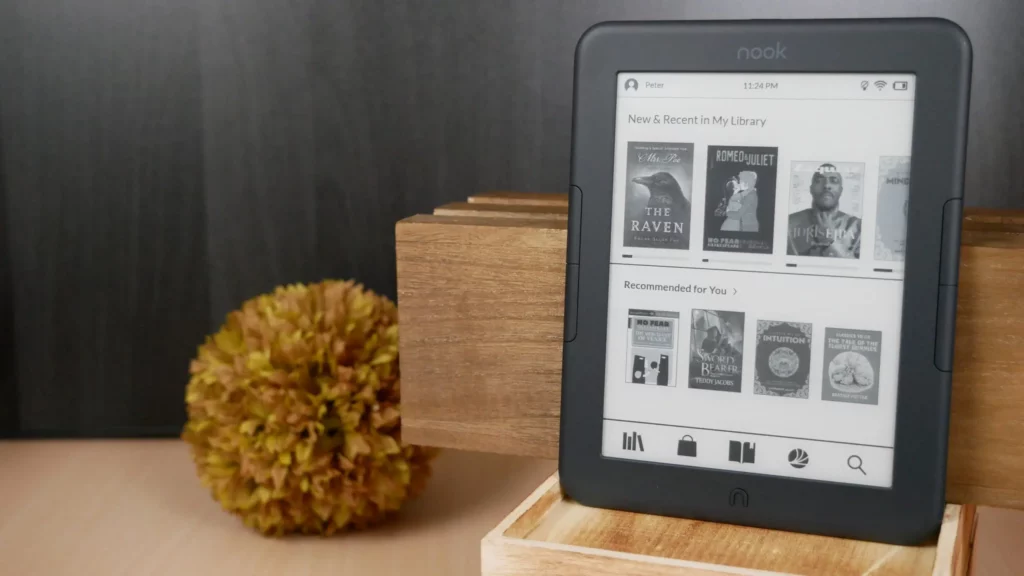
The Nook was an e-reader released by Barnes & Noble in 2009. The device was intended to compete with the Amazon Kindle, but it failed to gain traction with consumers. In 2016, Barnes & Noble announced that it would stop manufacturing the Nook, after losing $177 million on the device over seven years.
How much it sold: 525,000 and $92.4 million
How much money lost: $177 million
Why the product was so unpopular: It was one of the first e-readers to use an LCD display instead of an e-ink display. The Nook had a lot of potential, but it ended up being a flop.
Aside from its LCD display quality, The Nook is also slower and less energy-efficient than other e-readers. Another reason why Nook failed is that Barnes & Noble did not have a good strategy for marketing and selling the device. The Nook was also more expensive than other e-readers on the market, which made it less attractive to consumers.
4. Qwikster
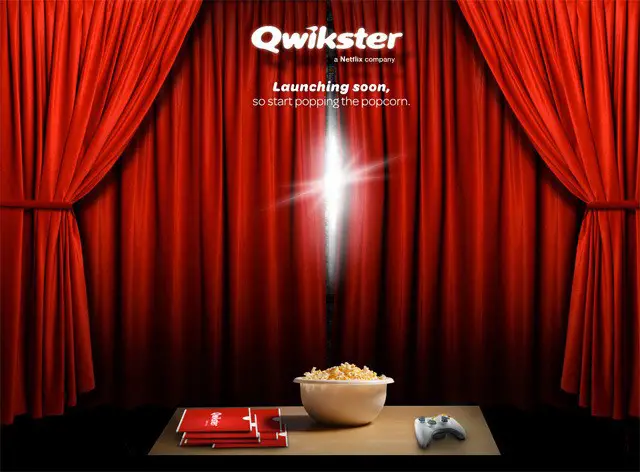
Qwikster was a short-lived spin-off of Netflix, launched in 2011. The company attempted to split its DVD rental business from its streaming service, but the move was widely criticized by consumers. Qwikster was shut down just three months after it launched, and Netflix lost millions of dollars on the venture.
How much it sold: 800,000 and $62.5 million
How much money lost: $2.6 billion
Why the product was so unpopular: The company's attempt to split its DVD rental business from its streaming service was widely criticized by consumers. DVDs were going out of style so to do this made no sense.
In addition, the new Qwikster brand was confusing and off-putting to many consumers. Netflix's decision to focus on streaming ultimately saved and skyrocketed the company, but Qwikster was a costly mistake.
3. HP Touchpad
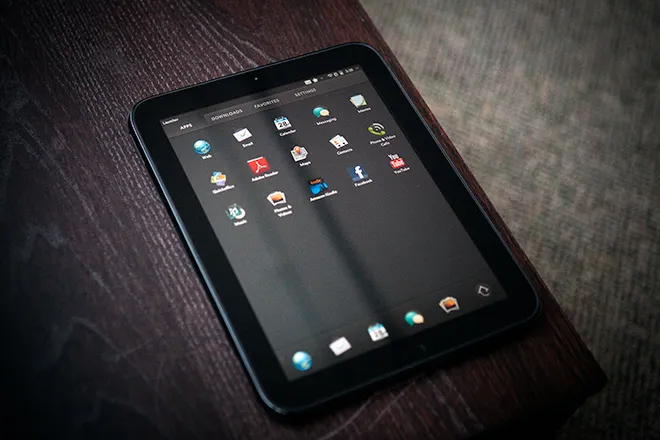
The HP Touchpad was a tablet computer released by Hewlett-Packard in 2011. The device ran the webOS operating system and was intended to compete with the iPad. However, the Touchpad was a commercial failure, selling only about 25,000 units. HP discontinued the device just six weeks after its launch.
How much it sold: 25,000 units
How much money was lost: $300 millions in software alone
Why the product was so unpopular: Several factors attributed to the failure of the HP Touchpad. Firstly, the device was released at a time when the iPad was already established as the dominant player in the tablet market.
Secondly, the Touchpad ran the webOS operating system, which was not as popular or well-developed as iOS or Android. Finally, HP decided to discontinue the device just six weeks after its launch, which likely discouraged potential customers from buying it.
In summary, the HP Touchpad was unsuccessful due to several factors, including poor timing, inferior software, and a lack of support from HP. As a result, it sold only a fraction of the units that the iPad did and was quickly discontinued.
2. Supertrain
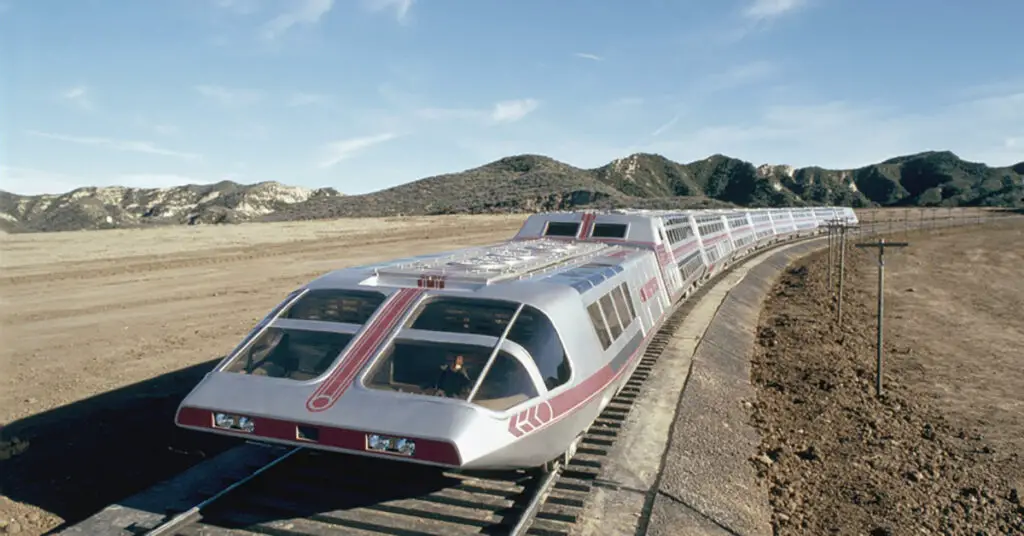
Supertrain was an NBC television series that aired for nine episodes in early 1979. The series was about a nuclear-powered bullet train that could travel at 600 miles per hour and could levitate above the tracks. Despite its high-concept premise, Supertrain was a rating disaster and is often cited as one of the worst TV shows of all time.
How much it sold: N.A.
How much money lost: $28.6 million
Why the product was so unpopular: Supertrain was plagued by production problems from the start. The show was originally conceived as a two-hour movie, but NBC expanded it to a nine-episode series. This meant that the budget increased from $500,000 to $13 million, which was a huge sum for a TV show in the 1970s. In the end, Supertrain was a rating disaster.
The show only lasted for nine episodes before being canceled by NBC. It has since been cited as one of the worst TV shows of all time and is often used as a cautionary tale about the dangers of over-ambitious television projects.
1. Amazon's Fire Home Phone
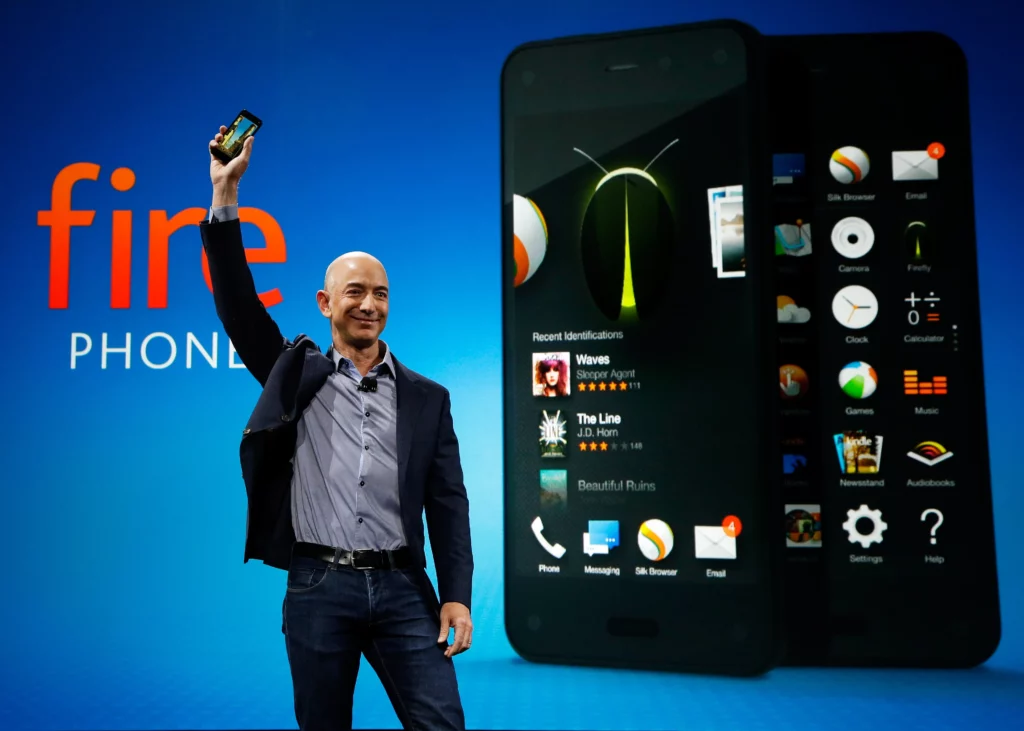
Amazon's Fire Home Phone was a voice-activated speaker released in 2014. The device allowed users to make phone calls and access Amazon's voice assistant, Alexa. However, the Fire Home Phone was a commercial failure, selling only about 3500 units. Amazon discontinued the device in 2015.
How much it sold: 3500 units
How much money lost: $170 million
Why the product was so unpopular: The device was expensive, costing $199.99. In addition, it only worked with AT&T and did not support other carriers. The Fire Home Phone also received poor reviews, with many users finding it difficult to use.
What could Amazon have done differently? One possibility is that Amazon could have released the Fire Home Phone at a lower price point. The company could also have worked with other carriers or offered more features to make the device more appealing to users.
What is the biggest product failure?
It can be difficult to pinpoint exactly what the biggest product failure is. In some cases, it may be a matter of opinion. Different metrics can also be used to determine which product was the biggest failure.
For example, one could look at the number of units sold, the amount of money lost, or the negative impact on a company's reputation. Although it's difficult to pinpoint which product was the absolute biggest failure, we can learn from their mistakes. The biggest product failure is usually the result of bad planning.
It can be hard to predict what will happen when a new product is released, so companies often make decisions based on faulty information or incomplete data. This can lead to products that don't live up to customer expectations, are difficult to use, or are simply unnecessary.
In some cases, a product can fail because it's not well made or it doesn't work as advertised. Whatever the reason, a product failure can be costly for both the company and the customer. When a product fails, it can cause customers to lose faith in the company.
They may no longer trust that the company is making products that are safe to use or that will work as advertised. This can lead to a loss of business and, in some cases, legal action. A product failure can also damage the company's reputation and make it difficult to attract new customers.
What products have failed in the market?
There have been many products that have failed in the market. Some of these failures can be attributed to poor planning, while others can be chalked up to bad luck. In any case, these product failures serve as a reminder that even the best-laid plans can sometimes go awry. Some of the most notable product failures include:
The Ford Edsel
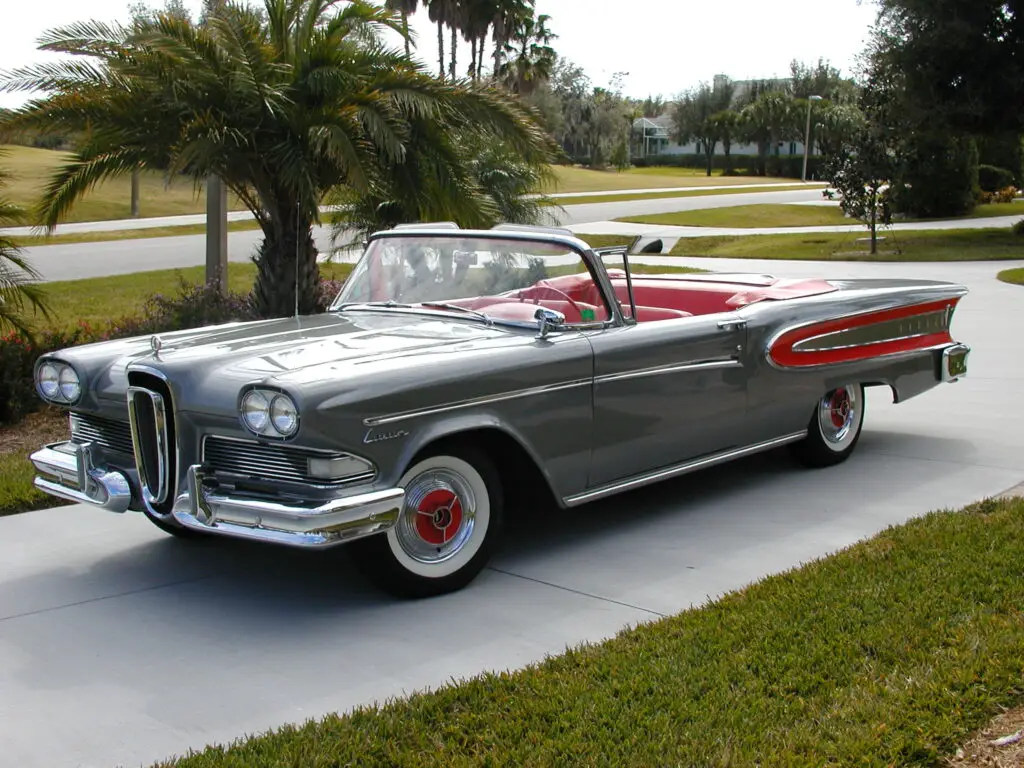
The Edsel was a car that was released by Ford in 1958. The car was marketed as a luxurious vehicle, but it failed to live up to expectations. Poor sales led to the discontinuation of Edsel after just two years on the market.
New Coke
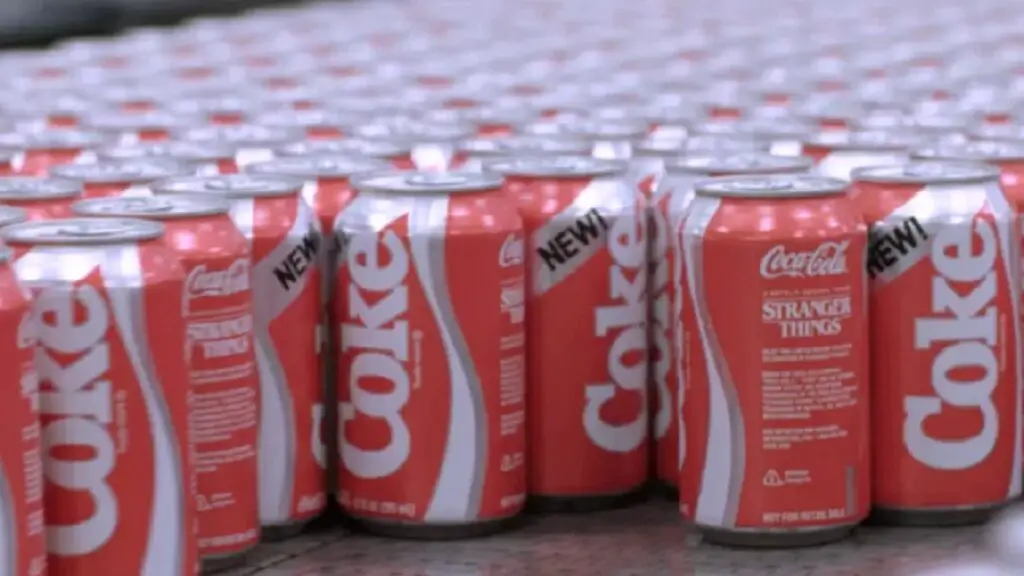
In 1985, Coca-Cola decided to change the formula for its flagship product. The new version of Coke was met with widespread disapproval, and Coca-Cola was forced to bring back the original recipe just 79 days after the launch of New Coke.
What are some brands that failed?
There are many examples of brands that have failed, some more spectacularly than others. Here are just a few:
- Toys "R" Us was once the largest toy retailer in the world, but it filed for bankruptcy in 2017 and liquidated all of its stores in 2018.
- Blockbuster was the go-to destination for movie rentals, but it was unable to keep up with the rise of streaming services and filed for bankruptcy in 2010.
- RadioShack was a staple of the American retail landscape for decades, but it filed for bankruptcy twice, in 2015 and 2017.
- JCPenney is a department store that has been struggling in recent years. It announced plans to close 154 stores in 2017 and 2018.
- Sears is another department store that has been struggling in recent years. It announced plans to close 142 stores in 2018.
These are just a few of the many brands that have failed in recent years. As the retail landscape changes, it's becoming increasingly difficult for brick-and-mortar retailers to compete with online retailers.
Many brands are struggling to keep up with the changes and are being forced to close their doors. What do you think is the reason for so many brands failing? Let's take a closer look at some of the reasons.
Why do some products fail in the market?
Several aspects can contribute to a product's failure in the market. In some cases, it may be due to poor planning or execution on the part of the company. Other times, it may be because the product simply wasn't what consumers wanted or needed. Whatever the reason, product failures can be costly for companies, both in terms of money and reputation.
To avoid product failure, companies need to do their homework before bringing a new product to market. This includes conducting market research to ensure there is demand for the product and that it meets the needs of consumers.
Companies also need to have a solid marketing and advertising plans in place to generate interest and awareness for the product. Finally, it's important to have a contingency plan in place in case the product does fail.
While no company wants to see its products fail, it's important to remember that even the most successful companies have had their share of failures. The key is to learn from these failures and use them to improve your chances of success in the future.
Conclusion
So, what can we learn from these products that failed? Well, for one, it's important to test your product before you launch it. Make sure there is a market for your product and that people are interested in buying it.
Also, don't be afraid to pivot if something isn't working. If your original idea isn't resonating with customers, try something new. Finally, always be willing to listen to feedback and make changes based on what people are telling you. Learning from past failures is key to success in the future!

